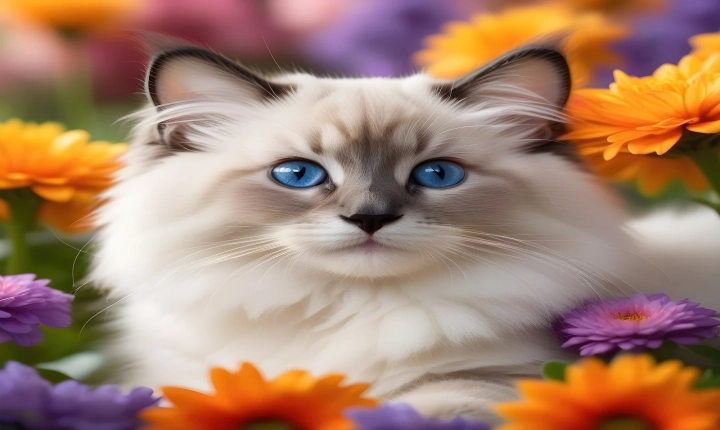Title: How to Harness the Power of OpenAI DALL·E: A Beginner’s Guide
OpenAI’s DALL·E is a highly advanced neural network capable of generating images from textual descriptions. It has the potential to revolutionize a wide range of fields, from graphic design to content creation. In this article, we will explore the basics of using DALL·E and harnessing its power for various applications.
Understanding the Basics
DALL·E operates by taking textual prompts and generating corresponding images. It does this by learning from a large dataset of text-image pairs, enabling it to understand and generate visual content based on textual input. This capability enables users to create diverse and detailed imagery simply by describing them in text.
Using DALL·E
To utilize DALL·E, users can access its API and submit textual prompts to generate images. The process involves formulating a clear and descriptive prompt, which will guide DALL·E in creating an accurate and relevant image. Users can experiment with various prompts to generate different visual outputs.
Applications of DALL·E
The potential applications of DALL·E are vast and diverse. Graphic designers and artists can use it to quickly conceptualize designs and artwork. Content creators can leverage DALL·E to produce visually captivating graphics to complement their written content. Additionally, it can be employed in fields like e-commerce, advertising, and virtual environments.
Best Practices for Using DALL·E
When using DALL·E, it is essential to craft detailed and specific prompts. This helps DALL·E understand the user’s intended image and generate more accurate results. Furthermore, users should experiment with different prompts and understand the nuances of DALL·E’s capabilities to leverage its full potential.
Challenges and Limitations
While DALL·E showcases impressive capabilities, it may have certain limitations, such as occasional misinterpretations of prompts and challenges in generating highly complex or abstract images. Users should be aware of these limitations and consider alternative approaches when necessary.
Ethical Considerations
As with any powerful AI technology, ethical considerations are crucial when using DALL·E. Users should be mindful of copyright and intellectual property issues when generating and using images created by DALL·E. Additionally, ethical dilemmas surrounding the potential misuse of AI-generated content should be carefully considered.
Future Developments
As DALL·E continues to evolve, it is expected to become even more sophisticated and capable. Future releases may introduce improved understanding of complex prompts, enhanced image generation, and expanded applications across various industries.
In conclusion, OpenAI’s DALL·E represents a groundbreaking advancement in AI-driven image generation. By understanding its capabilities and best practices, users can harness its power to create compelling visuals and drive innovation across diverse fields. With responsible usage and continued advancements, DALL·E has the potential to redefine the way we interact with visual content in the digital age.
